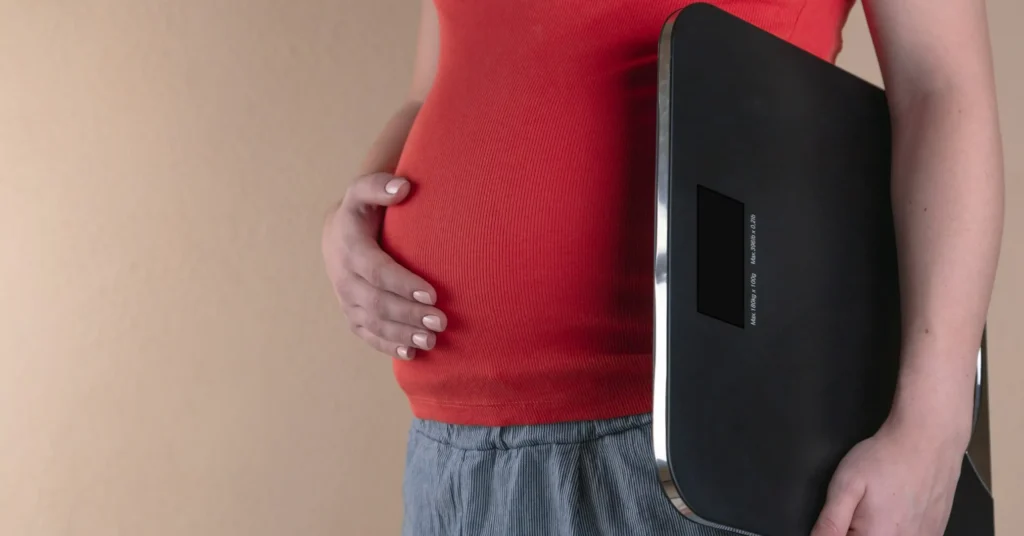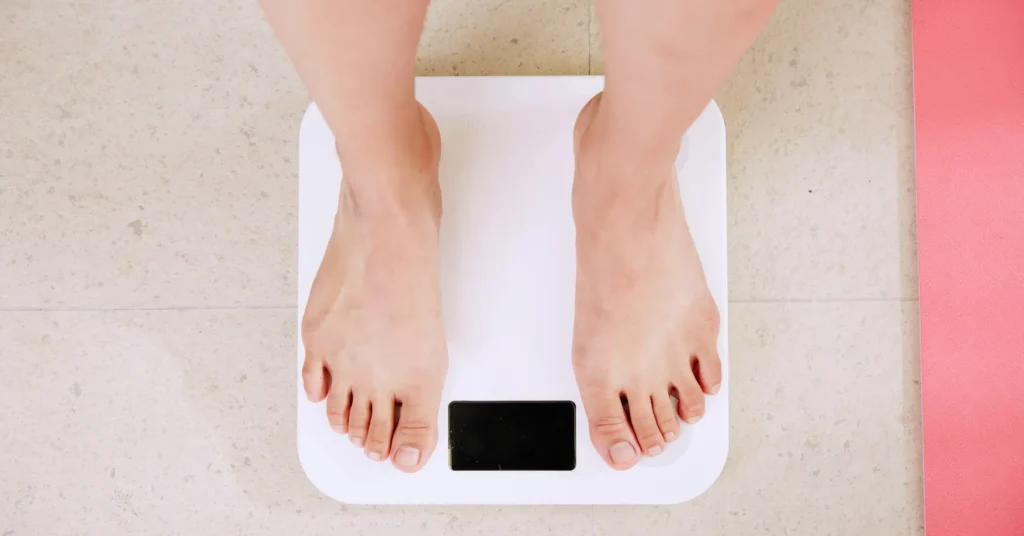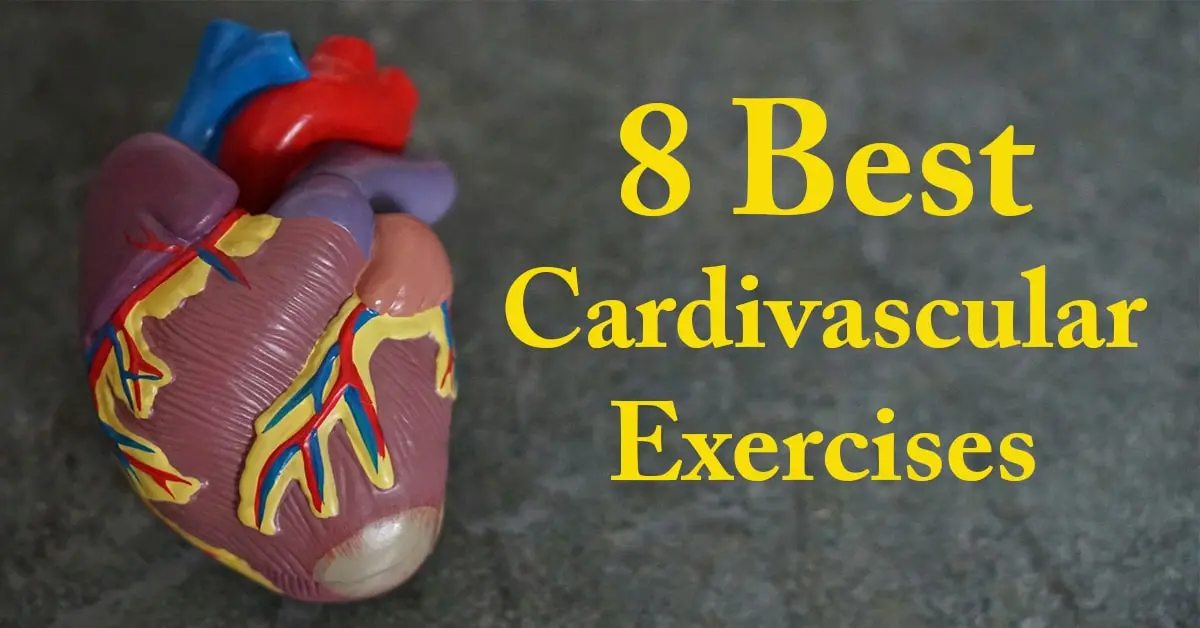What is Visceral Fat? Visceral Fat Chart shows how dangerous hidden fat around organs can be. Unlike fat under the skin, visceral fat surrounds the liver, intestines, and other vital organs, increasing the risk of heart disease, diabetes, and metabolic disorders. Many people do not realize they have high visceral fat because it is not visible. Understanding what is visceral fat and using a visceral fat chart to measure it can help manage health risks and improve overall well-being.
Table of Contents
ToggleUnderstanding Visceral Fat

What is Visceral Fat?
The human body stores visceral fat underneath the belly’s internal tissues. This kind of fat encloses crucial organs such as liver, pancreas and intestines. Visible appearance remains different between skin fat and this internal fat type. This type of fat leads to severe health problems.
Body fat tissue that emerges deep within the abdominal cavity differs from all other fat deposits. Visceral fat affects human health because it activates chemical and hormonal substances that create inflammation and cause insulin resistance. The body’s metabolic system becomes affected and diseases become more likely due to this condition.
Visceral Fat vs. Subcutaneous Fat – Key Differences
Human body contains subcutaneous fat tissue which is located under the surface of skin. The tissue has enough elasticity to create an indentation which can be felt by pinching. Subcutaneous fat represents the least dangerous type of body fat compared to visceral fat.
The human body stores visceral fat inside the organs yet separate from subcutaneous fat. The presence of this particular body fat contributes to issues involving diabetes and heart problems and metabolic syndrome. You cannot easily detect this type of fat by visual inspection because it does not remain beneath the skin layers.
| Feature | Visceral Fat | Subcutaneous Fat |
|---|---|---|
| Location | Around organs | Under the skin |
| Visibility | Not visible | Can be seen and pinched |
| Health Risk | High – linked to diseases | Lower risk |
| Effect on Body | Affects hormones and metabolism | Stores energy for the body |
Causes and Risk Factors of Visceral Fat
What Causes Visceral Fat Accumulation?
Several elements cause visceral fat accumulation in people. Poor diet is a major cause. Consuming processed food with many calories results in substantial fat accumulation in the body. Eating fried foods along with sugar-based drinks and refined carbohydrates will specifically affect belly-area fat deposition.
Exercise deficiency together with other factors contributes to the formation of visceral fat deposits. The human body stores calories that remain unused as fat whenever individuals fail to engage in enough physical activity. Stress as well as inadequate sleep patterns have been found to generate visceral fat. Rising cortisol levels result from stress that encourages the development of body fat.
Who is at Risk for High Visceral Fat Levels?

Individuals show different potential to accumulate visceral fat in their bodies. Genetics can play a role. A parent with oversized belly fat makes it more likely their child will deposit extra fat near their stomach.
Aging also increases risk. One natural effect of aging leads to a decline in muscle tissue while the human body starts storing more fat. Hormonal changes particularly following menopause in women naturally result in an increase of visceral fat accumulation.
Persons with type 2 diabetes or metabolic syndrome along with other specified conditions face an elevated risk of developing belly fat. The levels of abdominal fat rise because of both smoking habits and heavy alcohol intake.
Health Risks of Visceral Fat

How Visceral Fat Affects Your Organs and Metabolism
Internal body fat stores themselves beyond the abdominal area. It actively affects the body. The fat organ produces various hormone substances and inflammatory chemicals which interact with metabolic processes.
The fat interferes with insulin effectiveness in the body. The body faces difficulty controlling blood sugar levels because of insulin resistance during this process. Excessive fat in the body triggers elevated cholesterol levels together with increased blood pressure which generates inflammation throughout body organs.
Common Health Conditions Linked to High Visceral Fat
Many severe medical conditions connect to the presence of visceral fat in the body. The most critical threat associated with heart disease exists among health risks. Excessive body fat triggers the elevation of harmful cholesterol levels which blocks blood vessels.
Type 2 diabetes is another risk. The body loses its ability to control blood sugar levels when an individual carries visceral fat. Excess fat exposure increases the risk of experiencing stroke and high blood pressure together with fatty liver disease and cancer development.
Measuring Visceral Fat – Visceral Fat Chart
How to Measure Visceral Fat Accurately
Visceral fat remains difficult to measure through at home methods because it differs from subcutaneous fat. The measurement of visceral fat operates through various examination techniques which doctors employ.
Waist circumference serves as a standard method for such assessments. A person with larger waist measurements tends to have higher visceral fat deposits. Individuals with a waist size measuring less than 35 inches for women and 40 inches for men possess healthy waist measurements.
The assessment of fat comprises body fat percentage together with BMI and DEXA scans while body fat percentage assessment stands on its own. Scanning technologies that use MRI and CT produce highly accurate results at high financial costs.
Understanding the Visceral Fat Chart
A visceral fat chart helps understand fat levels. It shows what is normal and what is risky.
| Visceral Fat Level | Risk Category |
|---|---|
| 1-9 | Healthy |
| 10-14 | Moderate Risk |
| 15+ | High Risk |
What is a Healthy Visceral Fat Range?
The ideal range of visceral fat measurement falls between 1 to 9. These individuals face a reduced risk of medical problems. People must take necessary measures when the levels surpass 10. Several interventions including diet control alongside exercise and life modification will help reduce body fat which improves overall well-being.
How to Reduce Visceral Fat Effectively

Diet and Nutrition for Visceral Fat Reduction
Diet plays the essential role of reducing visceral fat. Whole foods without processing aid in fat prevention within the body. A combination of low-carbohydrate foods and high-protein intake aids in reducing body fat amount.
Foods that help reduce visceral fat include:
- Lean proteins like chicken, fish, and eggs
- Healthy fats like olive oil, nuts, and avocados
- Fiber-rich foods like vegetables, beans, and whole grains
Avoiding sugary drinks, processed foods, and alcohol can also help.
Best Exercises to Burn Visceral Fat
The reduction of visceral fat occurs effectively through exercise. Running or swimming together with cycling will help you burn visceral fat.
Strength training also helps. Weightlifting produces new muscle mass that in turn elevates metabolism. Scientific research indicates that HIIT (high-intensity interval training) stands as one of the most efficient workout methods to eliminate visceral fat.
Lifestyle Changes for Long-Term Fat Loss
The achievement of fat loss requires changes in daily activities for long-term success. Getting enough sleep is important. Excressive stress hormones develop because of insufficient sleep thus causing body weight to increase.
Managing stress also helps. Three complementary practices including meditation and yoga and deep breathing techniques help people lower their stress levels. The elimination of alcohol consumption combined with smoke cessation operates as factors that diminish the presence of visceral fat.
When to Seek Medical Advice for Visceral Fat
Signs You Should Consult a Healthcare Provider
An enlarged waist with additional health problems indicating high blood sugar along with high cholesterol or high blood pressure requires medical consultation.
Body weight changes together with tiredness and abnormal hormone levels function as significant indicators. Visceral fat levels can be evaluated by doctors who also provide appropriate treatment strategies.
Medical Treatments for High Visceral Fat
Doctor recommendations for medical treatment arise when the severity of the condition reaches certain thresholds. Those with exceptionally high visceral fat levels might require the prescription of medications and weight loss plans with the possibility of surgical intervention.
The medical treatments for digestive disorders include Metformin together with GLP-1 receptor agonist drugs and fat-reduction injections. Medical interventions ought to be employed as stand-on-the-best prerequisites for durability.
Final Thoughts
Visceral fat stands as a dangerous condition yet people can manage its levels successfully. Health benefits from proper diet combined with exercise and alteration of daily routines help people manage their fat levels. A careful assessment of visceral fat together with maintaining healthy measurements decreases disease risk.
Early actions for improved health and serious condition prevention contribute to better results. A visit to your doctor along with immediate positive changes should be your first steps if you think your visceral fat levels are high.






